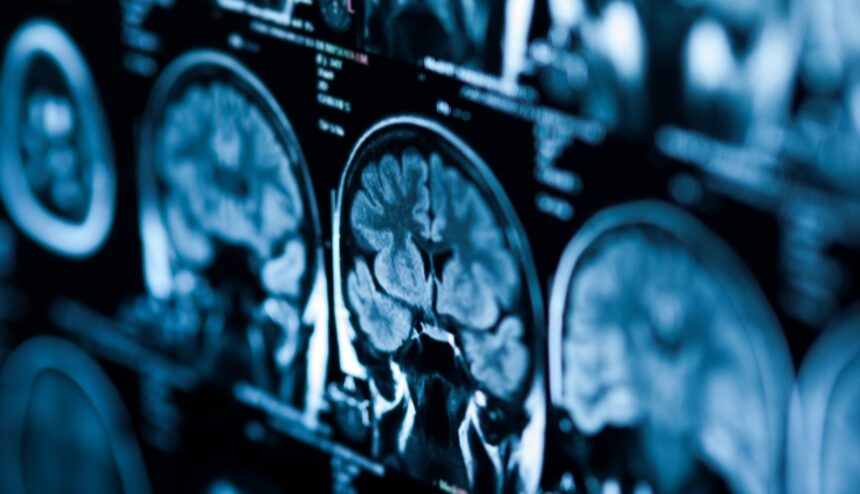By Kelly Shaner, MS, Athletic Trainer (LAT), Registered Orthopedic Technologist (ROT), ImPACT Trained Athletic Trainer (ITAT)
Choose the Right Helmet for the Best Protection
While there is no “concussion-proof” helmet, wearing a properly fitting helmet absorbs and disperses impact forces, minimizing the risk of concussions, skull fractures, and other serious head trauma. An ill-fitting helmet can shift during an impact or fail to provide adequate protection, compromising its effectiveness.
These tips hold true for helmets of any sport:
- The helmet should fit snugly without being too tight or too loose, covering the forehead and sitting level on the head.
- The helmet must meet safety standards suited for the specific sport or activity. This is labeled on the helmet.
- If your athlete’s helmet has been cracked or is missing padding, it should not be used because it cannot provide adequate protection.
- Store helmets out of direct sunlight and not in a room (or car) that is exposed to extremely hot or cold temperatures. This keeps the protective materials from degrading and breaking down.
- Prioritizing a proper helmet fit not only safeguards against immediate injury but also promotes a culture of safety and responsibility.
From bike helmets to baseball, horseback riding, hockey, skateboarding, skiing, lacrosse, and football helmets, click for PDFs with information on what you need to know about sport and activity-specific helmets.
Next up, concussions are brain injuries to take seriously.
In the case of a head injury, there is always a concern about concussion. Licensed medical providers are trained to evaluate the person to determine if they have a concussion. Some of these tests include a neurocognitive evaluation, vestibular oculomotor screening, symptom evaluation, and a computer-based assessment tool i.e., ImPACT. In high school sports, there is often an Athletic Trainer on-site who can evaluate the athlete based on immediate symptoms and provide guidance.
Concussions happen in sports without helmets – and to young kids.
When you think of concussions, many immediately think of football or baseball. Fortunately, concussion awareness is gaining attention for head injuries in sports without helmets. For example, athletes can get concussions from getting hit in the head from a hard volleyball spike, catching an elbow in basketball, or colliding with another player on the soccer field. Knowing the possibilities and symptoms shines a light on the potential for concussions in many sports and activities.
Young children can also get concussions from falls or a hard hit to their head or body that makes their brain rapidly accelerate in their skull.
Symptoms of a Concussion (Brain Injury) from a Fall or Collision
After suffering a brain injury resulting in a concussion, people report symptoms including:
- Headache or “pressure.”
- Nausea or vomiting.
- Problems with balance, dizziness, or vision.
- Sensitivity to light or sounds.
- Feeling sluggish/groggy.
- Confusion or concentration/memory problems.
- More emotional or irritable.
How a person with a concussion appears to observers:
- Can’t recall events before or after the hit or fall.
- Dazed or stunned.
- Forgets an instruction, is confused, or is unsure of the game, score, or opponent.
- Moves clumsily.
- Loses consciousness (even briefly).
- Exhibits mood, behavior, or personality changes.
Watch for signs of a concussion immediately after the injury, as well as a few days later. If the symptoms worsen, take the person to the ER immediately. Concussion symptoms typically last about 6 to 10 days. Depending on how severe the concussion is, symptoms can last up to months. A licensed healthcare provider will determine when your child may return to activities.
RED FLAGS
Call 9-1-1 or take the person to the emergency department right away if he or she has one or more of these danger signs:
- One pupil is larger than the other.
- Drowsiness or inability to wake up.
- A headache that gets worse and does not go away.
- Slurred speech, weakness, numbness, or decreased coordination.
- Repeated vomiting or nausea, convulsions, or seizures (shaking or twitching).
- Unusual behavior, increased confusion, restlessness, or agitation.
- Loss of consciousness (passed out/knocked out). Even a brief loss of consciousness should be taken seriously.
Concussion Care Guides
Download this Concussion Care Guide from Glacial Ridge Sports Medicine’s Athletic Trainer, Kelly Shaner, for future reference.
MN State High School League (MSHSL) Concussion Management Recommendations
Infographic from the National Athletic Trainers Association (NATA) Concussion 101


